|
Peter Shallcross will be leading a river walk from Wylye to Fisherton de la Mere this coming Thursday, starting at 7pm. The distance along the footpath beside the river is around a mile each way, pretty flat and sound along its length, so not particularly onerous.
Members don't need to register but if you'd like to come as a guest please let us know via the contact form. To share car spaces and conserve fuel, meet at the Nadder Centre car park at 6:30PM or alternatively make your own way to Wylye for 7:00PM. The rendezvous point is a layby immediately after the river bridge on the main road north of Wylye, after passing the Bell pub on your right: see https://goo.gl/maps/9jAP7xYZqvhWn3Qp6 And you may care to bring with you a picnic to enjoy in the churchyard before heading home again. Dr. Peter Inness from the Meteorology Department of Reading University opened this fascinating talk, the last in our 2021/22 series of indoor meetings, with two images of the same patch of woodland near his Oxfordshire home taken two years apart to the day. In the first, the forest floor was carpeted with bluebells; in the second merely a green carpet with a few unopened bluebell buds visible. This was one of several illustrations he used to show how short term changes in weather can impact the natural world, as he sought to distinguish this variability from longer term trends.
In her recent PhD thesis a student at Reading had used data collected by volunteers across the British Isles (recorded on the Natures Calendar website managed by the Woodland Trust) to show that across the UK the mean first flower date for bluebells was 1st of May in 2013, but 8th April in 2017, fully three weeks earlier. Dr Inness was able to explain this difference reflected short term climate impacts, rather than long term trends. Data for bluebell first-flowering dates and temperature records for January to April in successive years show that bluebell flowering dates respond to the weather and temperature conditions during March, February and January, as the plant stems emerge and the flower buds form, rather than during the flowering period itself. And, though invertebrates react rather more rapidly than plants, similar analyses for the first appearance of orange tip butterflies and for blue tits nesting reached similar conclusions. In 2021, by contrast, hawthorn blossom appeared a whole month later than normal, reflecting an abnormally frosty April. Looking at longer term trends and the impact of climate change, however, Dr Inness referred to the paper published recently by the Royal Society. This used records on 406 plant species, some dating from as far back as the 18th century, to show a marked shift that took place in the 1980s. Plants are now emerging on average a whole month earlier each year than seventy years ago. He showed projections prepared by the Meteorological office to indicate that by 2050, in every other year we will experience summer temperatures similar to those we experienced in the very hot year of 2018. And, unless significant reductions in greenhouse gas emissions are achieved globally, these temperatures will be the annual norm by the end of the century. And he also showed projected rainfall maps clearly showing that our winters will be wetter and summers dryer, and warned that individual rainfall events will be 29% stronger. A new UK record for of 316mm rain in a 24 hour period, set as recently as 2009, was surpassed again only six years later in 2015 with a new record of 341mm. All of which suggests that nationally there are considerable tasks and costs ahead to prepare reservoirs and infrastructure to be able to cope. From a wildlife perspective these climate trends are complex and deeply concerning. Dr Inness gave as examples the likely impact on the relatively shallow root systems of beech trees, less well adapted to cope with summer drought conditions than deeper rooted oaks. And the impact on populations of birds such as swallows whose northerly migrations are triggered by seasonal changes in daylight hours. They may arrive at European destinations too late to feed their young on invertebrates maturing earlier as a result of warmer Spring conditions. Troubling as these issues are, the talk was hugely valuable and timely, providing us all with deeper insight into the impact weather and climate have on the natural world around us. by Richard Budden Andrew and Debbie Carter were out on Martin Down and spied the rare Pasque flower (Pulsatilla Vulgaris) last week. Beautifully timed to pay homage to its Easter derived common name.
Last Saturday, a select group of our members had a fantastic, guided visit to Underhill Wood Nature Reserve (UWNR).
UWNR is a private reserve in East Knoyle, owned by very enthusiastic nature lovers, Jonathan and Keggie. Jonathan takes part in a fantastic programme of nature education, the John Muir Conservation Award, but also has a group of home education students coming to learn about nature at his reserve. The reserve is worth a visit for its lake, barn owl boxes, woodlands, bird of prey feeding stations, beehives and a lovely education building full of animal tracks and signs. We are hoping to organise another visit on another occasion for those who could not make it. You can have a look at some of the pictures on our Instagram and UWNR Twitter. The highlight was Arthur (age 10) finding this finch head in a Barn Owl pellet. Birds make up less than 1% of BO diet, so what a find! The attendants got a copy of Jonathan's book, "How to rewild", with lots of useful tips. If you missed this, you can get the book on the website. You can also find additional reading in this recently published piece that includes references to UWNR: Creating a New Eden — The Beautiful Truth. You may also want to watch this webinar Rewilding Network Webinar - Smaller Scale Rewilding at Underhill Wood NR (vimeo.com). And if you want to keep up to date with the news from UWNR, get in touch with Jonathan to follow his blog. Many thanks to Jonathan and Keggie for their guided visit! by Inés López-Dóriga Dr Peter Inness, a lecturer in the Meteorology Department of Reading University, is coming to give us a talk at the Victoria Hall, Tisbury this coming Thursday at 7:30pm. Please note that we had thought it would be earlier due to travel arrangements, but Pete is able to start at our usual time of 7:30pm.
As the author of "Teach yourself weather" and series editor for a new series of academic textbooks on Weather and Climate Science for Wiley-Blackwell, Pete will have plenty of knowledge to share. If you haven't already signed up to the talk and want to come, please let us know via the Contact form. We can also send out Zoom links for those who prefer to stay at home. Guests welcome for £2 per ticket. The following request has been submitted by Jessica Perry of the RSPB Volunteer Monitoring Farm Wildlife project.
"The RSPB Volunteer Monitoring Farm Wildlife (VMFW) project aims to provide a match up service for volunteer surveyors and farmers. The project objectives are to provide a wildlife surveying service to farms, offer opportunities for people to get out into nature and use the collected data to create useful outputs that will help farmers to adapt to nature friendly farming practices. This is currently a pilot project so many aspects are in development. The taxa surveys taking place in Wiltshire this year are pollinators, butterflies, and bumblebees. We hope to take up more taxa in future years, such as birds and plants. The surveying methods are all citizen science based, so are easy to learn and conduct, but with practice can become a valuable skill. We try to match volunteer surveyors to farms within a reasonable travelling distance. We may be able to reimburse some travel expenses. Once a match is agreed we send the surveyor the contact details to get in touch with the farmer. First there is a 'Meet & Greet' session where you agree with the farmer where and what to survey and do a risk assessment. Then surveys are conducted throughout the spring and summer. Results are submitted online by the surveyor. At the end of the year, we will turn those results into useful outputs for the farmers. It is completely up to you, which taxa to survey, although sometimes a farm might express an interest in a specific type. You can do more than one taxa if you wish and you can do more than one farm if you wish. We cannot always guarantee that a farm is nearby, however we do occasionally run training sessions and encourage our volunteers without farms to practice their skills at their local green space. The surveys differ a little in how often they are done, bumblebees can be monthly or 3 surveys throughout the surveying season (now until Oct), pollinators are monthly (now until Sept) and butterflies are fortnightly (now until Sept). Bumblebee transects are 1-2km. For butterflies you select up to 5 areas to survey and pace evenly through that area for 15 minutes recording species. For pollinator surveys the surveyor observes an area of target flowers e.g. clover, for 10 minutes, recording the pollinating insects that visit the flowers. We currently have several farms in south Wiltshire who need volunteer surveyors. There are two farms in the Tisbury area, one in the Semley area and one east of Gillingham. If anyone is interested in being involved in the project or to help us cover these farms please contact me at [email protected]" This striking photograph of a Dark-edged Bee-fly was taken recently by Dick Budden, as it rested on a clothes peg of his washing line. The Dark-edged Bee-fly is the most common of the bee-fly species and can be seen mainly in April and May as it feeds with its long straight proboscis on the nectar from spring flowers in gardens and hedgerows.
It is parasitic in behaviour. The female deposits her eggs into mining bee nesting areas by hovering a few inches above, then giving a sharp twist of her body as she flicks her eggs out with a covering of dust that she’s collected specially for the eggs’ protection. Upon hatching, her larvae will then burrow down and lie in wait to feed on the host bee’s larvae when they mature. You can contribute to Bee-fly Watch on the Dipterists Forum of the Biological Records Centre, where they would welcome accounts of your sightings. Mid-March into early April is the time of a “blackthorn winter”: a cold spell when the blackthorn is in bloom. This is perhaps because the combination of different strains of the species and the varied micro-climates of their growing locations mean that you can find blackthorn in flower somewhere for more than a month, during which it is likely that there will be at least one cold spell. Or perhaps it is that blackthorn scrub, with its clouds of flowers at their peak, look like the bushes have been covered with snow.
The small white flowers bloom on short stalks from buds along the spines and do so before the leaves appear. En masse, the bloom provides a welcome early source of nectar for insects. These pollinate the flowers, which then develop the distinctive blue-black sloes. The tree grows naturally in scrub, copses, and woodland, and is commonly used to form a cattle-proof hedge. It favours sunny positions, and when left uncut can develop into considerable thickets, such as those in the Oddbrook valley. Mature trees can grow to a height of around 6–7m and live for up to 100 years. The deep brown bark is smooth, and twigs form distinctive, straight, side shoots which develop into thorns. Its trunk and stems form a dense wood which is good for burning and straight stems have been used for walking sticks, including the Irish shillelagh. The foliage provides food for the caterpillars of several moths. The dense thickets provide sheltered nesting sites for birds, which then feast on these caterpillars, and later on the sloes. The scarce brown hairstreak butterfly lays its eggs on blackthorn. This is the largest and brightest of the hairstreak butterflies, the female looking a gorgeous golden colour in flight. However, in common with other hairstreaks, it is quite a small butterfly and notoriously easy to overlook. They spend most of their adult lives perched in the tops of trees, out of sight, lapping honeydew from the leaves. If you are lucky, you might see a female when she descends to lay eggs, nearly always on blackthorn twigs in hedges or bits of sheltered scrub. Our knowledge of the local distribution of this butterfly is improving all the time, due to the efforts of a small number of lepidopterists who tirelessly search suitable locations for these tiny eggs. Correctly identified, these are a reliable indicator of presence, although not necessarily breeding success, but gets around the difficulties of spotting an adult on the wing. The population appears to be spreading westwards from the area north-east of Salisbury. As eggs have been found in the vicinity of Grovely Wood, who knows, they may be present hereabouts without being recorded. Eyes peeled this August/September. by Andrew Graham Gareth Harris of the Wiltshire Bat Group has sent us an update on The South Wiltshire Greater Horseshoe Bat Project which was launched in October 2020. As Gareth remarks in his update, “a considerable volume of work has been achieved” including the enhancement of roosting sites, hibernation counts and large-scale bat detector & dung beetle surveys.
Further information from Gareth “During 2021, over 50 locations were surveyed for bats using static bat detectors, recording around 700,000 sound files, over 376 nights of survey, generating records of 13 species of bat. Notably this included many new records of foraging Greater horseshoe bat, as well as other rarer species of bat such as Barbastelle bat, Leisler’s bat and Lesser horseshoe. The map below illustrates the spread of locations surveyed in 2021, and then specifically which of these recorded Greater horseshoe bat. Given the importance of the Nadder valley, hosting Chilmark Quarries SSSI for example, it is unsurprising to see this area recorded such a high activity of Greater horseshoe bat. The project also initiated landscape-scale surveys for dung beetles; dung beetles are a major food source for adult and juvenile Greater horseshoe bats throughout the year (including during the winter months). Surveys were undertaken close to roosting sites of greater horseshoes as well as the wider landscape. This work feeds into partnership working with local farmers, promoting the importance of dung beetles in soil health, carbon sequestration, and also in managing livestock endoparasites. There is growing evidence that a diverse dung beetle assemblage may reduce the requirement to use livestock worming products which decimate the wider soil invertebrate community, including dung beetles.” The Wiltshire Bat Group will be releasing further updates on their website in due course, so you’ll be able to find out more about the impacts of their bat and dung beetle surveys there. |
Photo: Avocets (Izzy Fry)
The headers display photos taken by our members. Do get in touch via the Contact Form if you'd like to submit a photo for selection.
Archives
May 2024
Categories
All
|
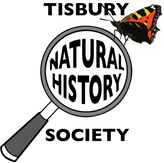
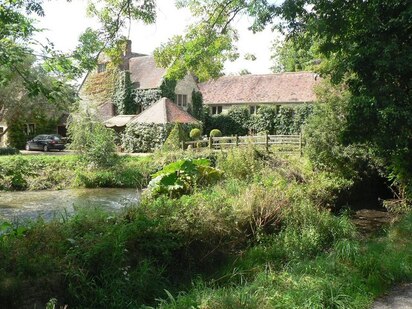
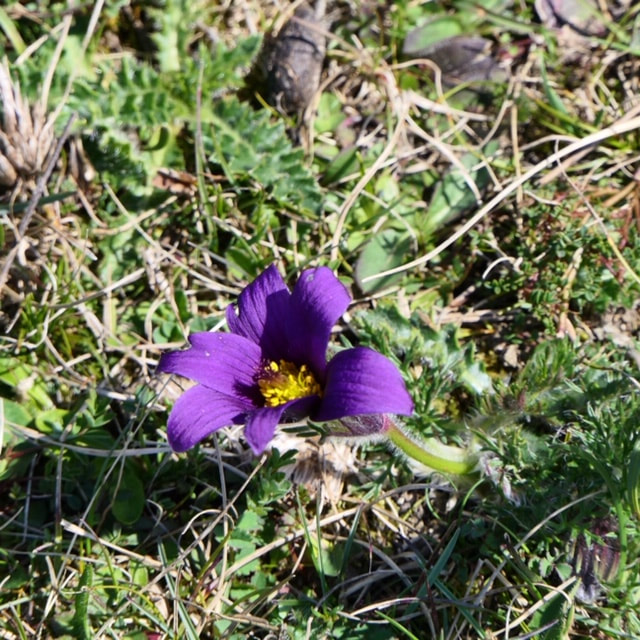
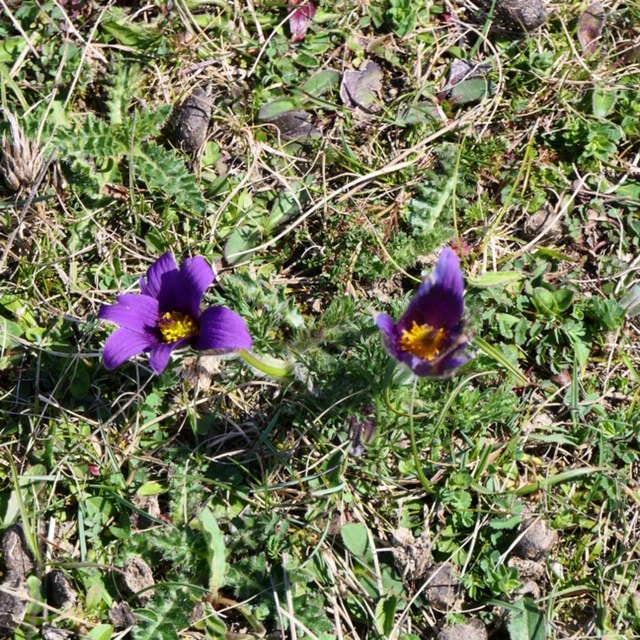
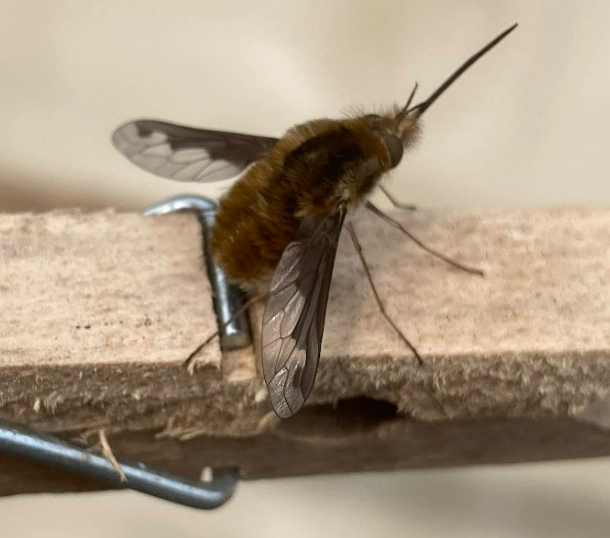
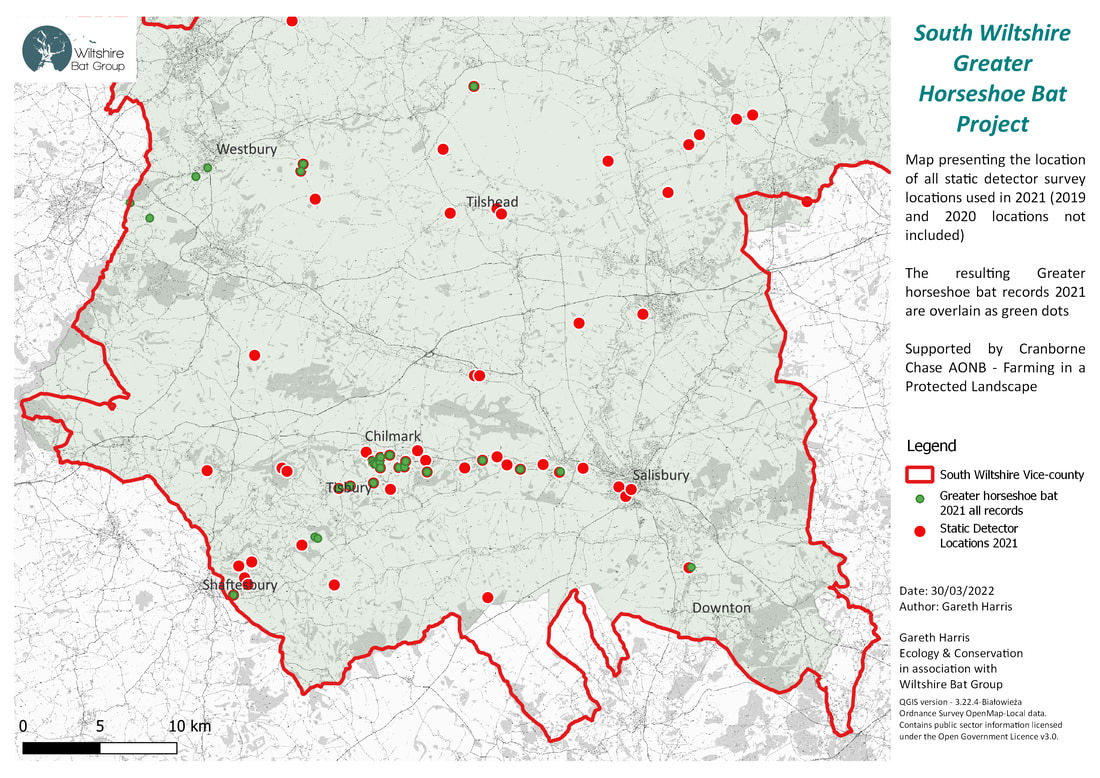
 RSS Feed
RSS Feed